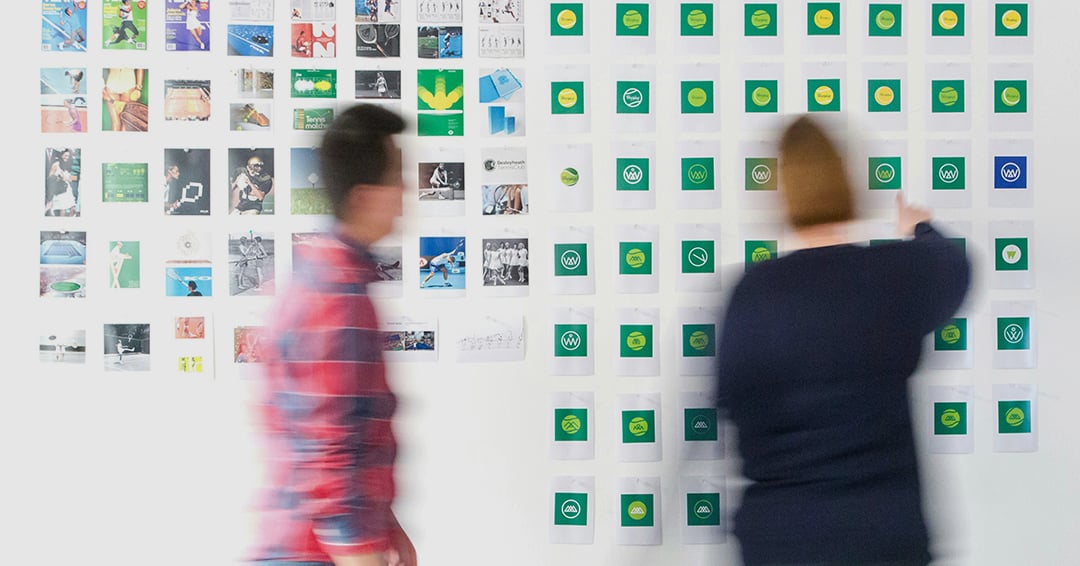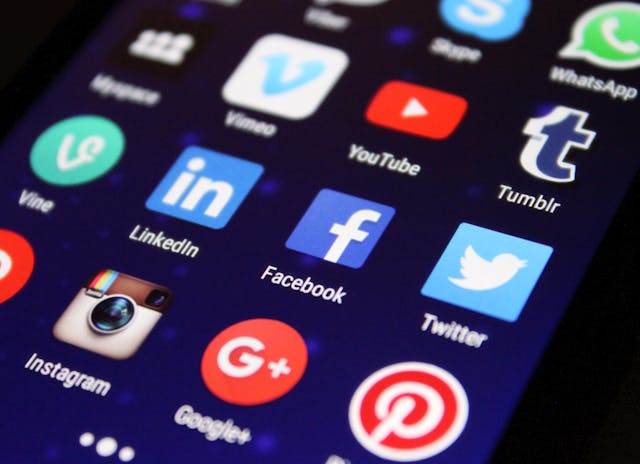Conducting a brand audit is essential for businesses looking to refresh their brand or evaluate performance and goal achievement. Below, we reveal our comprehensive step-by-step brand audit process in detail.
Brand is your customers' emotional and psychological connection with your company, product or service. It’s their collective perception and impression, making it essential to ensure your business is being perceived correctly.
Branding is the act of shaping the public's perceptions. Think of your brand like a living thing - it has a unique personality and characteristics that evolve over time. You can control the consistent visual and verbal expressions of your brand, but sometimes – without appropriate strategy and action – your brand can become something undesirable, losing the interest of potential customers and investors.
It is integral to complete a brand audit in order to track the health of your brand and help you determine what your next steps should be.
Read on to learn 5 steps on how you can conduct a brand audit for your business.
What are the benefits of a brand audit?
A brand audit is a thorough analysis of how your brand is currently performing in relation to its goals. It’s an examination of your brand’s position in the market compared to its competitors.
A brand audit will help you:
- Establish the performance of your brand
- Discover the strengths, weaknesses, opportunities, and threats to your brand
- Align your strategy more closely with the expectations of your customers
- Understand your place in the market compared to your competition
A brand audit can be time-consuming. But it’s important to see it as a strategic investment that can increase future profits. The healthier your brand is, the more market share you’ll likely gain.
Now that you understand the importance of a brand audit, we can begin our five-step brand audit process.
5 Steps for Conducting an Effective Brand Audit
1. Create a detailed brand audit framework
The first step is to look internally and identify your company’s mission and strategic objectives.
Some internal brand audit questions to ask are:
- What are the goals for your brand?
- Who are your target customers, and how do you plan to reach them?
- What’s happening in the landscape your business operates in?
Dissecting the pros and cons of your existing brand allows you and your team to have an honest look at the way your brand appears to outsiders. You’ll be able to view your brand as an outsider and look honestly at what is currently doing well and what can be improved.
2. Analyze your social media and website
After creating a framework for your audit, the next step is to look honestly at your social media efforts and your website.
Find answers to the following questions:
- What message are you trying to communicate? Does your messaging mirror brand standards?
- How are you engaging with your stakeholders online?
- How are your stakeholders engaging with you?
- Are you reaching the audience you want?
- Is your brand meeting their expectations?

3. Talk to your customers and potential customers
Your brand is always changing. Therefore, getting regular customer feedback is essential in keeping it healthy, alive, and effective.
Though examining your brand’s online presence is a key element of a brand audit, relying on it exclusively when investigating customer perceptions of your brand is a mistake. Questioning your customers directly can give you powerful information about their thoughts and feelings.
Some effective questions to ask include:
- If there was one thing you could change about our brand, what would it be?
- What words would you type into Google to find a brand like ours?
- If our brand was a person, what words would you use to describe it?
4. Evaluate your brand assets

Reviewing your existing brand assets is key to the brand audit process. Oftentimes an older brand can get disjointed and applied in inconsistent ways over the years. Evaluating your brand assets allows you to take an inventory of where your brand identity is applied and how it’s used.
Taking a step back and reviewing your brand assets as a whole will likely uncover areas that need changing. Additionally, introducing a third party—like a branding agency—may offer a more critical eye.
Brand assets are divided into two separate categories: internal and external. When looking at your internal brand assets, you need to evaluate your:
- Brand and product/service positioning
- Brand voice
- Brand values
- Unique selling proposition
- Corporate culture
- Internal communications
Your external brand assets include:
- Brand identity system, including your logo and all supporting graphic materials
- Print materials such as brochures, stationery, business cards, and trade show displays
- Website
- Social media
- Advertising
- Public Relations
- Sponsorships & memberships
- Digital marketing assets, including blogs, white papers, case studies, and videos

5. Examine your competitors
Once you’ve reviewed your own assets, you’ll need to widen your scope to apply the same evaluation to your competitors.
You’ll want to find out how your competitors compare with you regarding internal and external assets. You’ll unlikely have access to their internal assets, but try to get as much information as possible.
Final Thoughts
Conducting an effective brand audit is no easy task. It takes a strong commitment from all company leaders and dedicated time and resources. However, if you do it right, a brand audit will reveal all areas that need improvement and lay the foundation for a rebrand – if that's what's needed.
Once you’ve established those parameters, you’ll know the best attack route and how to create a stronger, more engaging brand.
Angela Dallin
Creative Director Angela takes every project through a demanding creative process, beginning with research and analysis, continuing to brainstorming and conceptualization, before presenting her design solution. She is a highly creative and pragmatic team player. With a broad range of creative experience, Angela has the ability to see even the most difficult design challenge to completion.







